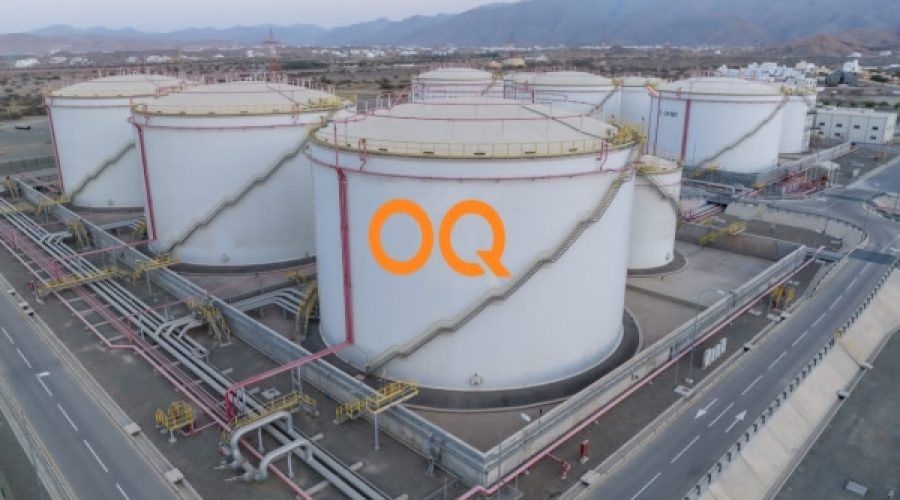OQ Investments Enhance Oman’s Fuel Storage Capacity: Key Implications for Energy Sector Growth and Investment Opportunities
OQ’s Major Investments Reinforce Oman’s Fuel Storage Infrastructure
Oman’s integrated energy group, OQ, is making significant investments to enhance the country’s fuel storage infrastructure, thereby solidifying its crucial role in strategic fuel logistics, as stated by the Ministry of Energy and Minerals.
Last year, the state-owned entity, which is part of the Oman Investment Authority (OIA), initiated projects for two essential fuel storage hubs in key areas of the Sultanate, with a combined investment of $328 million.
The larger hub, currently under construction in Musandam Governorate, has a budget of $204 million and a capacity of 14,536 cubic meters. Construction began in October 2024.
The Ministry emphasized the importance of this initiative, stating: “The Strategic Fuel Reserve is part of the Group’s commitment to sustainable economic development and addresses the increasing demand for petroleum products due to population growth and expanding commercial activities. The facility will act as a strategic reserve for various fuels, including gasoline and aviation fuel, ensuring a continuous supply during emergencies,” as outlined in its 2024 Annual Report.
In August 2024, OQ commenced work on another Strategic Fuel Reserve in Dhofar Governorate in southern Oman. This facility will have a planned capacity of 110,000 cubic meters, enhancing the region’s resilience against potential energy disruptions. The Ministry noted that the project aims to bolster the local fuel supply in Dhofar and ensure readiness for emergency situations by storing essential petroleum derivatives.
Once both hubs are operational, expected around April 2027, they will significantly increase Oman’s strategic fuel reserve capacity, which is currently managed entirely by OQ Group subsidiaries. These hubs will complement the national fuel storage terminal at Al Jifnain, located just outside the capital, Muscat. Operated by OQ Logistics, this terminal is the largest in Oman, with a capacity of approximately 170,000 cubic meters, meeting over 70% of the nation’s refined fuel consumption. It is supplied by pipelines linked to OQ’s refineries in Mina Al Fahal (Muscat) and Suhar, as well as Muscat International Airport.
Another critical facility in Oman’s fuel storage network is the Ras Markaz Crude Oil Terminal, situated near Duqm and managed by Oman Tank Terminal Company (OTTCO). Linked to the Duqm Refinery via an 80 km pipeline, this terminal serves as both a regional crude storage site and an export terminal.
Since beginning operations just over two years ago, Ras Markaz has handled 491 vessels as of the end of April 2025, importing over 950 million barrels of crude oil and exporting around 17 million metric tonnes of petroleum products.
Earlier this year, OTTCO entered into a strategic partnership with Royal Vopak, a leading Dutch fuel logistics company, aiming to transform Duqm into a global hub for storage services. The partnership is also exploring developments in advanced infrastructure for handling and exporting green ammonia.
Special Analysis by Omanet | Navigate Oman’s Market
OQ’s $328 million investment in fuel storage infrastructure signals a strategic commitment to strengthen Oman’s position in global fuel logistics, creating opportunities for enhanced energy security and resilience against supply disruptions. As these projects near completion by 2027, smart investors should consider the growing demand for petroleum products and potential partnerships in the evolving energy landscape, while also remaining vigilant to the potential risks associated with geopolitical factors and market fluctuations. Moreover, the development of advanced infrastructure for green ammonia highlights a shift toward sustainable energy solutions, opening new avenues for forward-thinking entrepreneurs.



